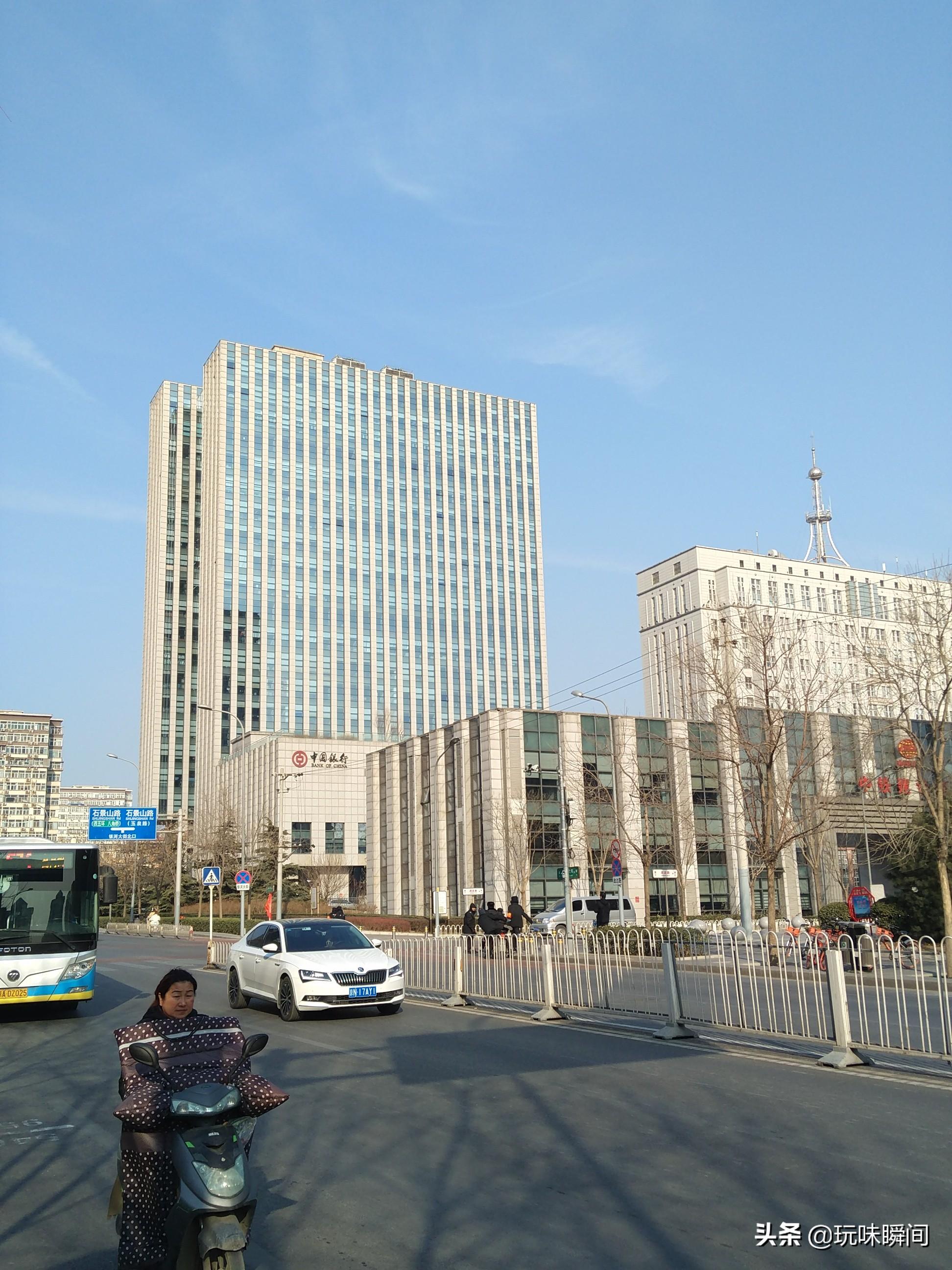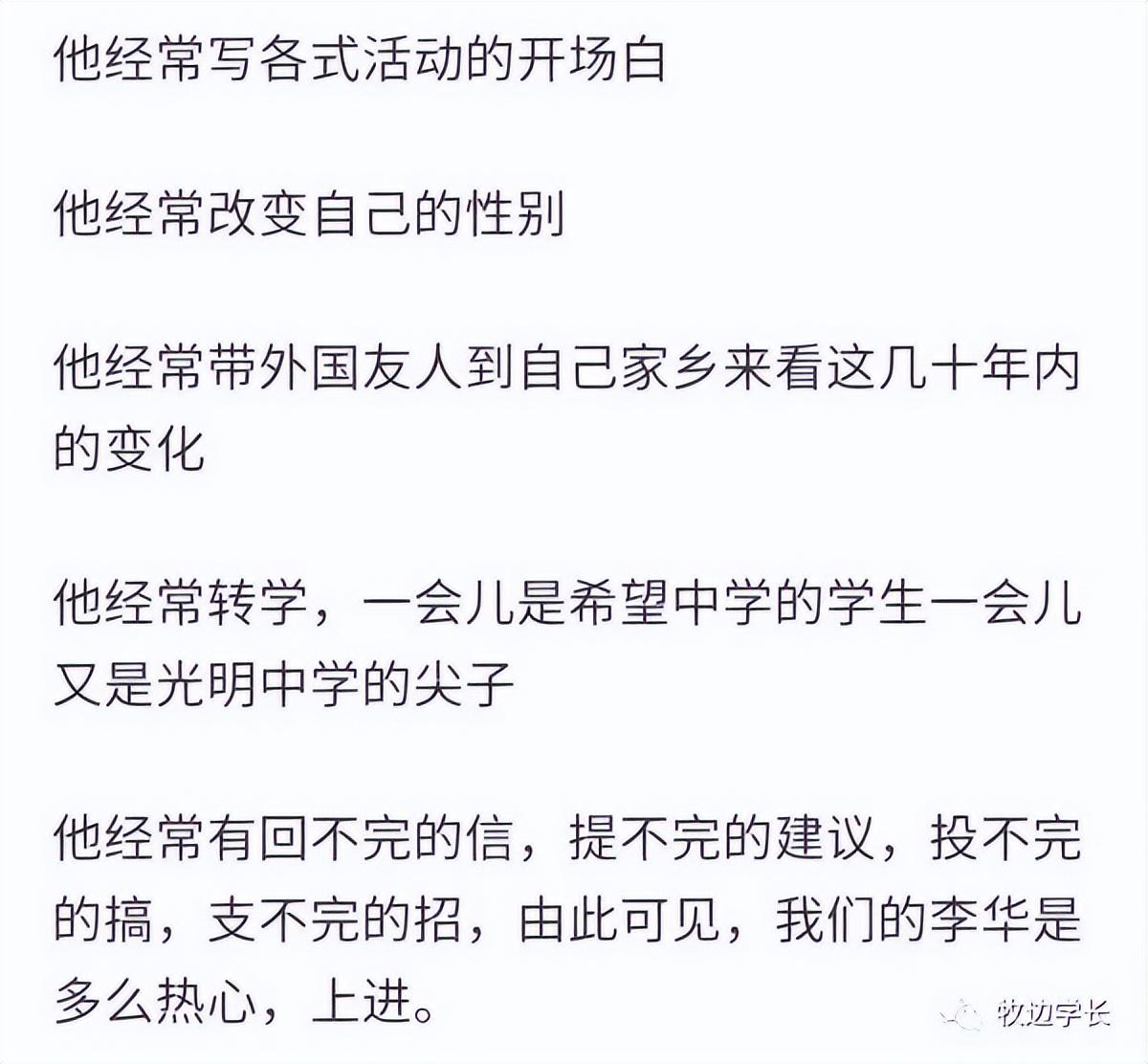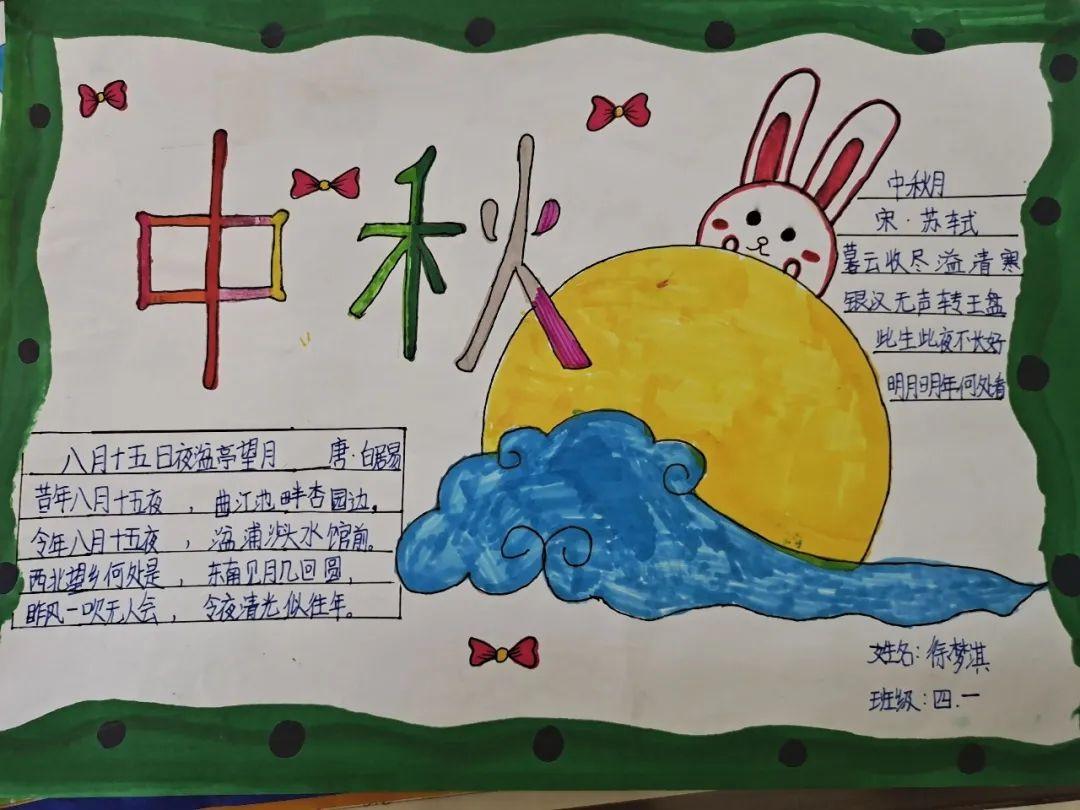摘要:本文简要概述了中国文化的发展历程。从古代文明的起源开始,到现代文化的繁荣,展示了中国文化的丰富多样性和深厚历史底蕴。文章涵盖了传统艺术、文学、科技、哲学等方面的进步,以及现代中国文化在全球舞台上的影响力和发展趋势。通过这篇文章,读者可以对中国文化的演变和现状有一个全面的了解。
Chinese culture is a rich and diverse heritage that has evolved over thousands of years. It is a unique blend of traditions, values, languages, art, music, and philosophy that has shaped the society and civilization of China. This essay aims to provide a brief overview of the development of Chinese culture.
Prehistoric and Ancient Times
The origins of Chinese culture can be traced back to the Neolithic Age, with the development of agriculture and settled life. The Yellow Emperor and other ancient figures are considered as the ancestors of Chinese civilization. The Xia, Shang, and Zhou dynasties witnessed the establishment of Chinese political systems, philosophy, and literature. The Zhou dynasty saw the development of Confucianism, Taoism, and other major philosophical systems that have profoundly influenced Chinese culture.
The Han Dynasty (206 BC – AD 220) marked a significant milestone in Chinese history. It was during this period that China began to adopt Buddhism from India, which further enriched its cultural landscape. The Han dynasty also saw the development of silk, porcelain, and other craftsmanships that became symbols of Chinese culture.
Medieval Times
The Tang (AD 618-907) and Song (AD 960-1279) dynasties were periods of great cultural prosperity in China. The Tang dynasty witnessed the flourishing of poetry and art, with famous poets such as Du Fu and Wang Wei contributing to the golden age of Chinese literature. The Song dynasty is renowned for its advances in science, technology, and philosophy. It was during this period that Confucianism underwent further development, with the emergence of Neo-Confucianism that emphasized personal cultivation and social harmony.
Modern Times
The modern era of Chinese culture began with the Opium War in the late 19th century, which marked the beginning of China’s modernization process. Western influences began to penetrate into Chinese culture, leading to the emergence of new movements such as the May Fourth Movement, which advocated for cultural reforms and modernization. This period also saw the development of new literary forms such as modern novels and short stories that reflected the social realities of modern China.
The Cultural Revolution from 1966 to 1976 was a significant event in Chinese history that had profound impacts on Chinese culture. During this period, traditional cultural values were criticized and many cultural institutions were destroyed or disrupted. However, it also led to the emergence of new cultural forms and expressions that reflected the spirit of the people’s revolution and their pursuit for freedom and equality.
Present Times
In recent decades, Chinese culture has undergone rapid changes due to globalization and modernization. The younger generation has become more receptive to Western culture while traditional culture continues to thrive in rural areas and among older generations. Cultural institutions such as museums and galleries have become popular destinations for people to learn about their cultural heritage. The government has also taken initiatives to promote traditional culture among young people through various programs and events.
Conclusion
Chinese culture is a rich and diverse heritage that has evolved over thousands of years. It has been influenced by various factors such as politics, economy, society, and technology but has always managed to maintain its unique identity and values. Today, Chinese culture continues to thrive and evolve in a globalized world, with new generations embracing both traditional and modern elements to create a unique blend of cultural expressions.




 鲁ICP备17023353号-2
鲁ICP备17023353号-2
还没有评论,来说两句吧...